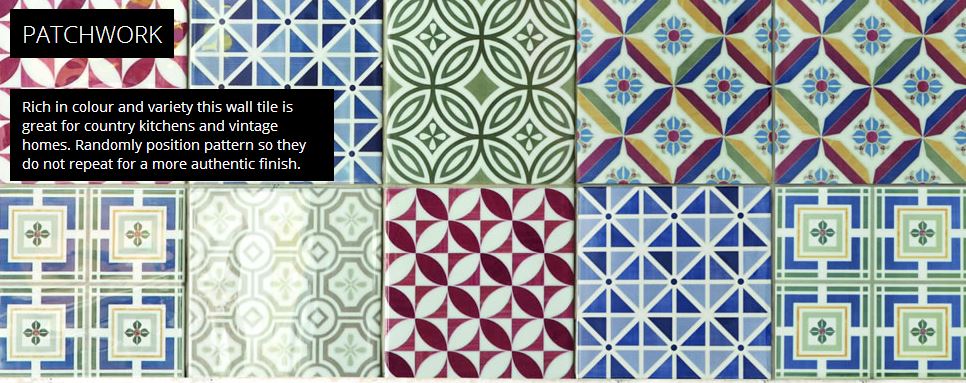This is a particularly common and frustrating problem and the solution lies in applying the right kind of tile cleaning product.
The first step is to assess the nature of the residue left on your tiles. Commonly this would be something called “grout haze” or fine grout residue. If so, I’d recommend using something called Microscrub. Unlike the more traditional grout or cement removers, Microscrub contains no acidic chemicals. Why is this important you might ask? Well, if you have limestone tiles, for example, the last thing you want to be applying to your tiles is anything acidic for obvious reasons. Instead, Microscrub uses a mild cream cleaner, combined with a safe abrasive cleaner which is itself derived from limestone so it won’t scratch your stone. It acts as an “exfoliating cream” for stone and will safely remove fine grout hazes and residues. The nano-technology used in the product will also work on the surface tension, allowing the cleaner to get into smaller micropores.
If you have very heavy cement or grout deposits left on your tiles, this will be far more difficult to remove. Worst case, you may have to employ a specialist floor restorer to regrind the floor. This can be done using polishing or honing compounds or diamond grinding and is a highly specialized job.
Copyright Ian Taylor and The Tile and Stone Blog.co.uk, 2013. See copyright notice above.


Reader’s Comments